Raise Your Awareness: Understanding Stroke and the BE FAST Acronym
May is Stroke Awareness Month, a time dedicated to educating and empowering individuals about the signs, symptoms, and prevention of strokes. As part of our commitment to promoting brain health and safety, we want to share important information on stroke awareness and the BE FAST acronym—a simple yet crucial tool for identifying and responding to stroke symptoms promptly.
What is Stroke Awareness Month?
Stroke Awareness Month aims to increase public awareness about strokes, their risk factors, and the importance of timely intervention. Strokes occur when blood flow to the brain is disrupted, either due to a blockage (ischemic stroke) or a burst blood vessel (hemorrhagic stroke). Understanding the signs of stroke and taking immediate action can make a life-saving difference.
BE FAST is an easy-to-remember acronym designed to help identify stroke symptoms quickly:
B - Balance: Sudden loss of balance or coordination.
E - Eyes: Vision changes or sudden vision loss in one or both eyes.
F - Face: Facial drooping or asymmetry—ask the person to smile and check if one side of the face droops.
A-Arms: Weakness or numbness in one arm—ask the person to raise both arms and see if one arm drifts downward.
S - Speech: Slurred speech or difficulty speaking—ask the person to repeat a simple sentence.
T - Time: Time to call 911 immediately if you observe any of these symptoms.
Why BE FAST Matters
Time is critical when it comes to strokes. Recognizing the signs and acting swiftly can minimize brain damage and improve the chances of recovery. Calling 911 at the first sign of a stroke is essential, as emergency medical responders can begin life-saving treatment en route to the hospital.
Who is at Risk of Stroke?
While strokes can happen to anyone at any age, certain factors increase the risk:
High blood pressure: The leading cause of strokes.
Diabetes: Increases the risk of cardiovascular issues.
High cholesterol: Contributes to the buildup of plaque in arteries.
Smoking: Damages blood vessels and raises blood pressure.
Obesity: Linked to other stroke risk factors like diabetes and high blood pressure.
Physical inactivity: Lack of exercise contributes to overall cardiovascular health.
How You Can Make a Difference
During Stroke Awareness Month and beyond, help spread the word about stroke prevention and the BE FAST acronym:
Share educational resources with family, friends, and colleagues.
Organize community events or virtual awareness campaigns.
Encourage regular health screenings and lifestyle modifications to reduce stroke risk.
This Stroke Awareness Month, let's come together to raise awareness, promote early intervention, and empower individuals to recognize the signs of stroke using the BE FAST acronym. By taking proactive steps to understand stroke risks and symptoms, we can save lives and make a meaningful impact on brain health within our communities.
Remember, every second counts—BE FAST, and act quickly in the event of a stroke. Together, we can make a difference in the fight against strokes.
